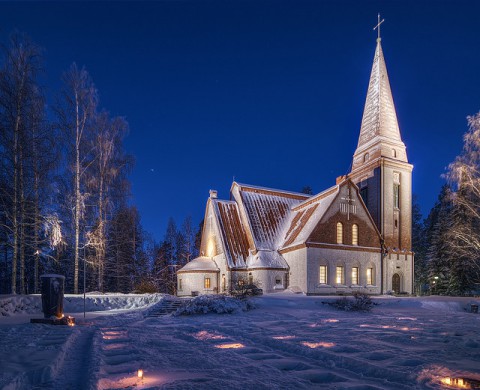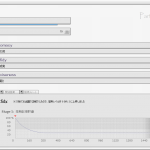winter solstice − 冬至のはなし
本日12月22日は「冬至」だそうです。
冬至というのは、北半球において、一年のうちで最も昼が短くなる日のこと。
逆に最も昼が長くなる日は夏至。昼と夜が同じ長さになるのが春分と秋分です。
明日からは一日一日、日が長くなっていくと思うと、これからの寒さも乗り切れる気がしませんか。
「冬至」は英語で何と言う?
さて冬至は英語で何と言うのだろう?と思って調べてみると、winter solstice でした。
solstice
either of the two times of the year at which the sun reaches its highest or lowest point in the sky at midday, marked by the longest and shortest days
『Oxford Advanced Learner’s Dictionary』
solstice は夏至・冬至の「至点」を意味する単語。
これはラテン語の sol(sun)と sistere(to stand still)に由来する単語なのだとか。
The word solstice is derived from the Latin sol (sun) and sistere (to stand still)
Wikipedia「solstice」より
太陽の南中高度(真南に来たときの高さ)は、冬至のときに最も低くなり、夏至のときに最も高くなります。その高低が静止する(stand still)ポイントが solstice なんですね。
「春分、夏至、秋分」は英語で何と言う?
また春分、夏至、秋分についても調べてみました。
| 日 | 英 |
|---|---|
| 春分 | the vernal (spring) equinox |
| 夏至 | the summer solstice |
| 秋分 | the autumnal equinox |
| 冬至 | the winter solstice |
夏至・冬至の solstice に対して、春分・秋分では equinox という単語を使います。
equinox
one of the two times in the year (around 20 March and 22 September) when the sun is above the equator and day and night are of equal length
『Oxford Advanced Learner’s Dictionary』
equinox は春分・秋分の「分点」を意味する単語。こちらの語義にはおおよその日付ものっています。
これはラテン語の aequus(equal)と nox(night)に由来する単語。
The name “equinox” is derived from the Latin aequus (equal) and nox (night)
Wikipedia「equinox」より
こちらは昼と等しい(equal)長さの夜ということなのでしょう。
ところで日本では春分・秋分は国民の祝日になっていますが、夏至・冬至は祝日になっていません。
どちらかと言えば、夏のてっぺんである夏至(これから冬へ向かう)・冬のてっぺんである冬至(これから夏へ向かう)の方がめでたいような気もするのですが、これはなぜなのでしょう??
そんなことが少し気になる冬至の夜です。

 英単語3,000語を短期間で効率的に覚える方法
英単語3,000語を短期間で効率的に覚える方法 紀元後を示すADは何の略か?
紀元後を示すADは何の略か? 「rain cats and dogs」の語源とは?
「rain cats and dogs」の語源とは? ウーロン茶とその仲間たち − ooで始まる英単語
ウーロン茶とその仲間たち − ooで始まる英単語 fish の謎 − 単複同形名詞について
fish の謎 − 単複同形名詞について ことばの理解を深めるということ − enjoy の場合
ことばの理解を深めるということ − enjoy の場合 Wordnik − 読んで楽しいオンライン英語辞書
Wordnik − 読んで楽しいオンライン英語辞書 TEDTalks − エリン・マッキーン「辞書を再定義する」
TEDTalks − エリン・マッキーン「辞書を再定義する」 オマーンの英語教科書を読んでみる
オマーンの英語教科書を読んでみる noon(正午)は、a.m.なのか?それとも p.m.なのか?
noon(正午)は、a.m.なのか?それとも p.m.なのか?